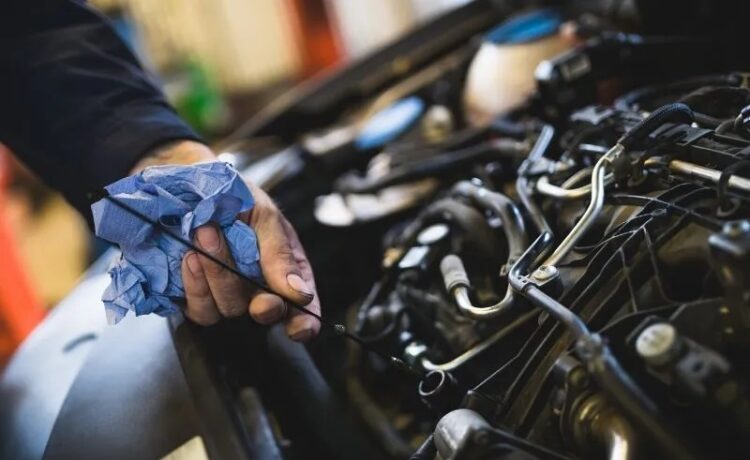Car fenders are constantly exposed to external elements that can cause their paint to deteriorate over time. The paint on your car not only provides aesthetic value but also protects the metal underneath from rust and corrosion. However, when the paint starts to peel or flake, it compromises the car’s appearance and protective barrier. Understanding the underlying causes of this paint damage can help you prevent further issues and ensure your vehicle remains in good condition.
Environmental Factors
One of the primary causes of fender paint peeling and flaking is environmental exposure. UV rays from the sun break down the paint’s chemicals, leading to fading and weakening of the top coat. This is especially true for lighter-colored vehicles, which are more prone to showing signs of wear. Additionally, harsh weather conditions like heavy rain, snow, and extreme temperatures can accelerate paint deterioration. In areas with high humidity, the moisture can seep under the paint, causing it to lift and peel away from the surface. Long-term exposure to these environmental factors can significantly impact the integrity of your fender’s paint job. Going for the Auto Repair in Hutto, TX based service would be essential.
Road Debris and Chemical Exposure
Fender paint is also vulnerable to damage from road debris, dirt, and chemicals. Gravel, small rocks, and sand kicked up by the tires can chip away at the paint surface, creating small scratches and imperfections. Over time, these scratches can become larger, allowing moisture and contaminants to get underneath the paint, leading to peeling. Furthermore, exposure to road salts, particularly in winter, can contribute to rusting underneath the paint. This corrosion can eventually cause the paint to lift off, leaving unsightly patches and the risk of further damage to the fender.
Poor Paint Application or Quality
Another common reason for peeling or flaking paint on car fenders is poor application or substandard paint quality. If the paint was not properly applied—whether due to insufficient preparation of the fender surface, inadequate primer layers, or improper curing times—the bond between the paint and the fender can be compromised. In these cases, the paint may not adhere well and is more likely to peel or flake over time. Additionally, lower-quality paints or non-automotive-grade coatings may lack the durability needed to withstand the wear and tear that fenders face on a daily basis.
Mechanical Issues or Improper Maintenance
Mechanical issues can also contribute to fender paint damage. For example, repeated contact with objects like car doors, shopping carts, or even washing brushes can scratch and damage the paint. Improper maintenance, such as using abrasive cleaning materials or harsh chemicals, can strip the protective layer of paint, making it more susceptible to peeling. Additionally, fender parts that are not regularly inspected may experience structural damage that can lead to uneven paint wear. Ensuring that your car is properly maintained, with gentle cleaning methods and regular checks, is key to avoiding these issues.














